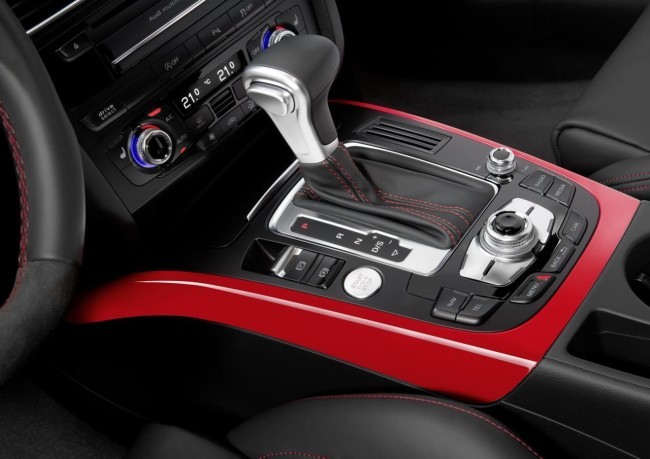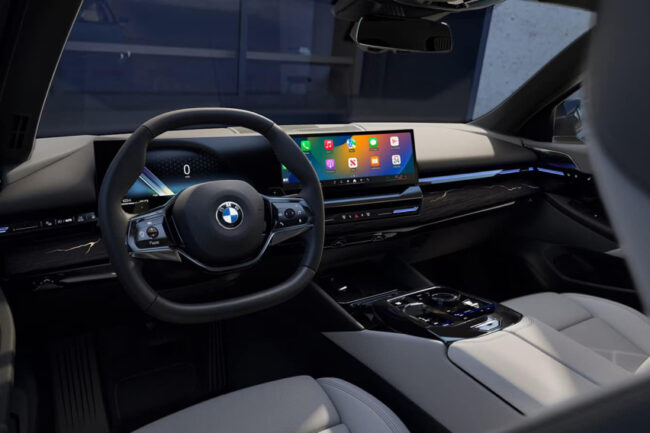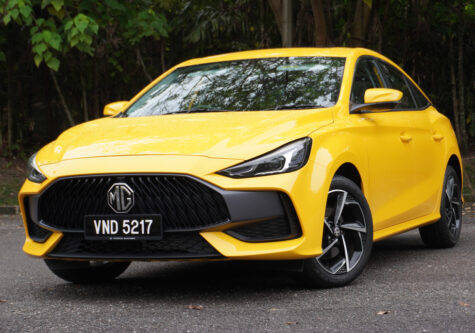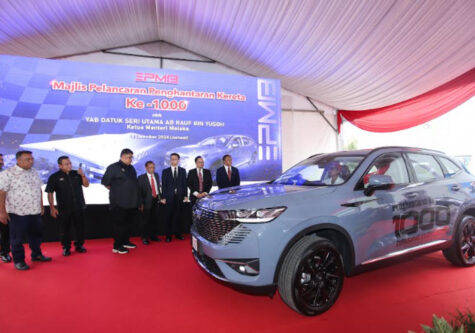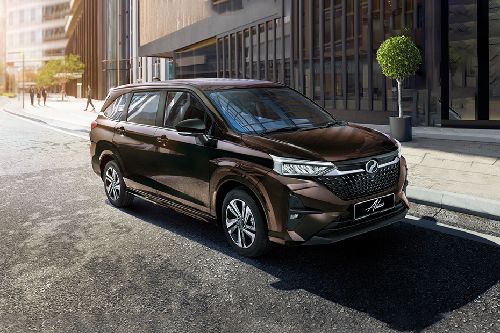NCAP update: Lower safety ratings for cars relying solely on touchscreens

KUALA LUMPUR: In an evolving trend within the automotive industry, the integration of large touchscreen interfaces at the expense of traditional tactile controls has been a noticeable shift.
KEY TAKEAWAYS
Why does a buttonless interior affect vehicle safety?
Euro NCAP's move is rooted in safety concerns, as reliance on touchscreens necessitates drivers to divert their gaze from the road to navigate through digital menus, thereby increasing the risk of distraction-induced accidents.Are NCAP ratings a big thing?
Despite Euro NCAP's influence, it's crucial to note that as an independent entity, it does not possess the authority to mandate these design changes. However, the prospect of achieving a maximum five-star safety rating is expected to motivate automakers to align their vehicle designs with the new criteria.
However, this trend might see a reversal as the European New Car Assessment Programme (Euro NCAP) is set to implement new regulations by January 2026, aimed at influencing vehicle safety ratings based on the inclusion of physical controls for essential functions.
These functions include turn signals (take note Tesla), hazard lights, horn, windshield wipers, and the emergency call feature (eCall), which automatically contacts emergency services in the event of a severe accident and has been mandatory in the EU for some time.
Sell your car at the best price
 Verified and genuine buyers
Verified and genuine buyers
Trending & Fresh Updates
- Latest
- Popular
You might also be interested in
- News
- Featured Stories
Featured Cars
- Latest
- Upcoming
- Popular
Latest Car Videos on Zigwheels

